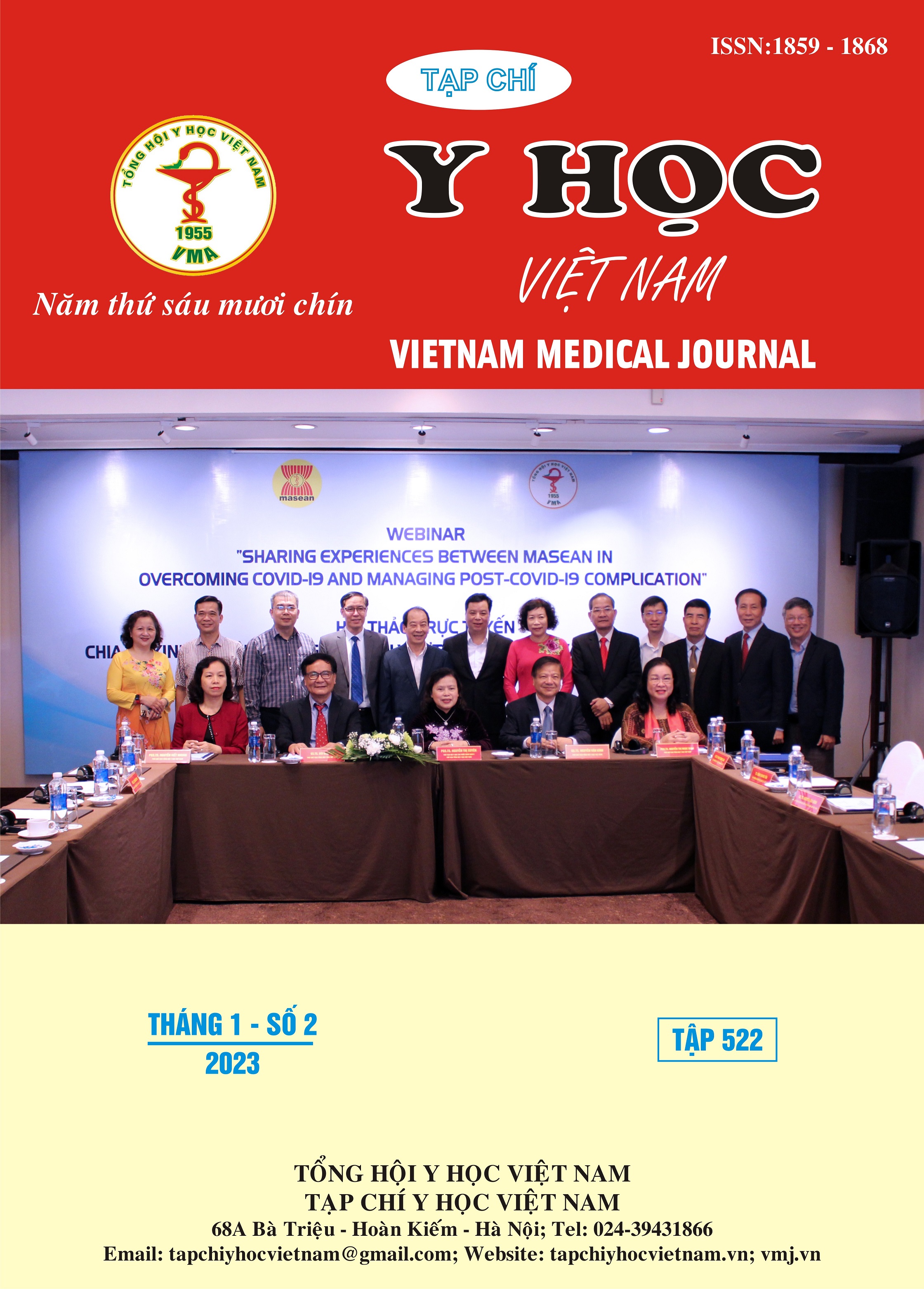ROLE OF INFERIOR VENA CAVA SONOGRAPHIC PARAMETES AS PREDICTORS OF FLUID RESPONSIVENESS IN SEPTIC SHOCK
Main Article Content
Abstract
Background: In patients with septic shock, assessing fluid responsiveness played a crucial role in hemodynamic support. Ultrasound IVC measurements have been proven to have many advantages in predicting fluid responsiveness. Method: Prospective observational study at emergency department at University medical center. Fluid challenge was performed according to surviving sepsis campaign 2016. A ≥15% increase in stroke volume after fluid challenge was considered as fluid responsiveness. Inferior vena cava sonographic diameters were measured before and after the fluid challenge. Results: 96 septic patients with a mean age of 66,5 ±13,5 were enrolled between 07/2020 and 12/2021, all of the patients were mechanically ventilated, 38 patients were considered as fluid responders (39,6%). The area under the ROC curve for IVC-CI was 0,91 (95% CI: 0.85-0.98). The best cutoff value was 40% (Se = 92,1%, Sp = 79,3%, PPV = 66%, NPV = 93%). Conclusion: Sonographic inferior vena cava variability could be used to predict fluid responsiveness in septic shock.
Article Details
Keywords
Septic shock, fluid responsiveness, inferior vena cava, ultrasound
References
2. Al-Khafaji A H. (2017), “Multiple organ dysfunction syndrome in sepsis”. http:// emedicine.medscape.com/article/169640-overview
3. Lê Văn Tuấn, Nguyễn Anh Vũ (2018), “Nghiên cứu đường kính tĩnh mạch chủ dưới trên siêu âm và áp lực tĩnh mạch trung tâm ở bệnh nhân sốc”. Tạp chí Y Dược học – Trường Đại học Y Dược Huế. Tập 8 (số 2), tr.67-72.
4. Karacabey S., Sanri E., Guneysel O. (2016), “A non-invasive method for assessment of intravascular fluid status: inferior vena cava diameters and collapsibility index”. Pak J Med Sci. 32(4), pp.836-40.
5. Zhang Z, Lu B, Sheng X, Jin N (2011), “Accuracy of stroke volume variation in predicting fluid responsiveness: a systematic review and meta-analysis”. J Anesth, 25(6), pp.904-916
6. Lê Hữu Thiện Biên (2017), Nghiên cứu giá trị các thông số huyết động tĩnh trong đánh giá đáp ứng bù dịch ở bệnh nhân nhiễm khuẩn huyết nặng và sốc nhiễm khuẩn. Luận án tiến sĩ Y học chuyên ngành Hồi Sức Cấp Cứu - Chống Độc, Đại học Y Dược TP.HCM.
7. Monnet X et al. (2016), “Prediction of fluid responsiveness: an update”. Annals of Intensive Care, 6(1), p. 111-120.
8. Le Manach Y, Hofer C K, Lehot J J (2012), Can changes in arterial pressure be used to detect changes in cardicac output during volume expansion in the perioperative period?”. Anesthesiology, 117(6), pp.1165-1174.
9. Barbier C, Loubieres Y, Schmit C, et al (2014), “Respiratory changes in inferior vena cava diameter are helpful in predicting fluid responsiveness in ventilated septic patients”. Intensive Care Med, 2004, 30(9):1740-1746.
10. Muller, L., Bobbia, X., Toumi, M. et al. (2012), “Respiratory variations of inferior vena cava diameter to predict fluid responsiveness in spontaneously breathing patients with acute circulatory failure: need for a cautious use”. Crit Care, 16(1), doi:10.1186/cc11672.


